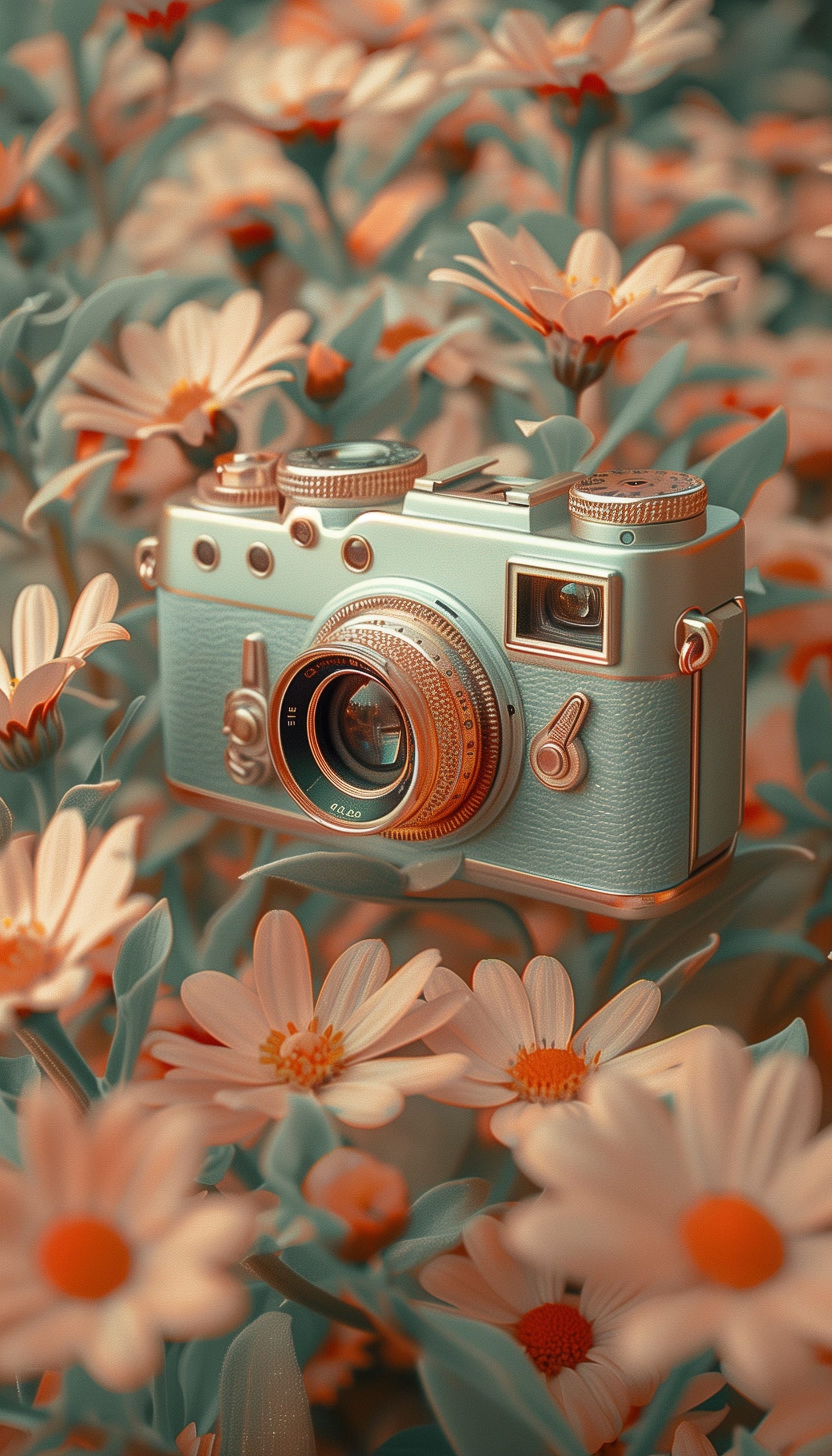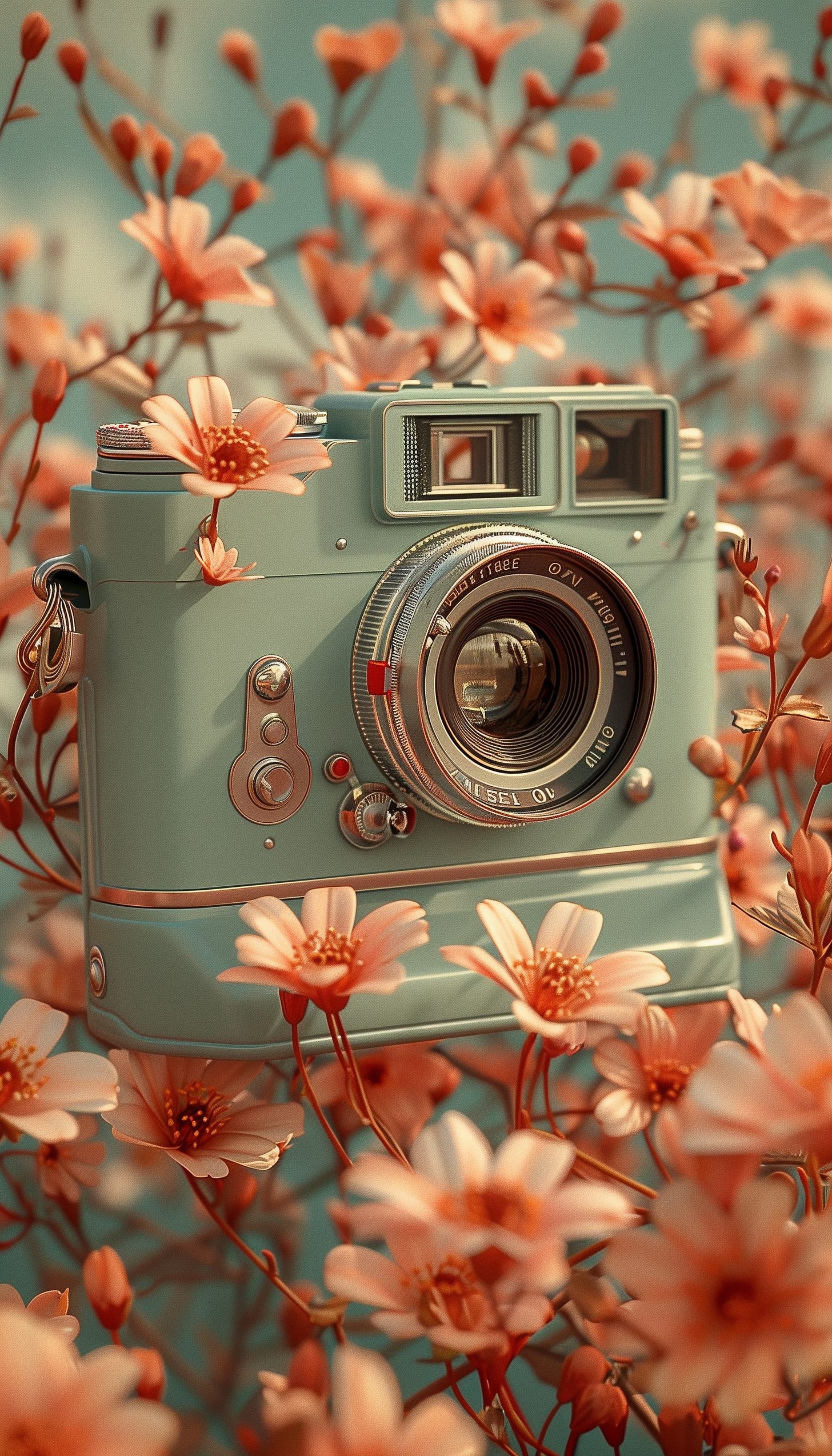Photography has been a cherished art form for centuries, evolving from a meticulous and time-consuming process to the instant gratification we experience today. The benefits of photography extend far beyond the simple act of taking pictures; it is a profound medium for capturing memories, expressing creativity, and connecting with others.
A Brief History of Photography
Photography's journey began in the early 19th century with the invention of the daguerreotype, a process developed by Louis Daguerre that required long exposure times and intricate chemical treatments. Over the decades, technology advanced, giving rise to the film camera, which revolutionized the way we captured and preserved moments.
The experience of using a film camera is a nostalgic one. I remember the anticipation of waiting to develop film, eagerly wondering how each photo turned out. This process required patience and a bit of magic. In my college photography class, developing photos from negatives was an immersive experience. The darkroom, bathed in the eerie glow of red lights, was a sanctuary where time seemed to slow down. The scent of chemical solutions filled the air, and the thrill of watching an image gradually appear on paper was unparalleled. It was a sensory journey that engaged sight, smell, and touch, creating a deep connection to the art of photography.
A Family Tradition
Photography holds a special place in my heart, partly due to my grandmother, whose favorite hobby was capturing the world through her lens. She was a passionate photographer who traveled overseas with her photography club, exploring new cultures and landscapes. Her love for photography not only preserved beautiful moments but also enriched her life with unforgettable experiences and friendships.
Enhancing Your Photography Skills
In today's digital age, taking photos has become more accessible than ever. However, the principles of good composition remain timeless. Here are a few tips to improve your photography:
Rule of Thirds: Imagine your frame divided into nine equal parts by two horizontal and two vertical lines. Position your subject along these lines or at their intersections to create a balanced and engaging composition.
Leading Lines: Use natural lines within your scene, such as roads, fences, or rivers, to lead the viewer's eye toward the main subject.
Framing: Utilize elements within your environment, like windows, arches, or trees, to frame your subject and add depth to your photo.
Lighting: Pay attention to the light source. Natural light, especially during the golden hour (shortly after sunrise or before sunset), can add a warm and soft glow to your photos.
Perspective: Experiment with different angles and perspectives. Get low to the ground or shoot from above to add a unique twist to your compositions.
The Modern Era: Smartphone Photography and Social Media
With the advent of smartphones, photography has become a daily activity for many. The convenience of having a high-quality camera in our pockets allows us to capture spontaneous moments and share them instantly. Social media platforms have transformed photography into a social activity, enabling us to connect with friends and acquaintances by sharing our lives visually.
Posting photos on social media helps forge stronger bonds as we share our experiences, celebrate milestones, and stay connected with loved ones, no matter the distance. It is a powerful way to communicate emotions, tell stories, and create a visual diary of our lives.
The Benefits of Photography
Mindfulness and Presence: Photography encourages us to be present and mindful, noticing details and moments we might otherwise overlook. This focus on the present can reduce stress and enhance our appreciation of everyday life.
Emotional Expression: Photography allows us to express and process emotions creatively. Whether it's capturing joy, sadness, or beauty, photos can convey feelings that words sometimes cannot.
Documentation of Growth: Regularly taking photos helps document personal and familial growth over time. Looking back at these images can provide a sense of continuity, perspective, and appreciation for how far we've come.
Creative Outlet: Photography serves as a creative outlet, offering a way to experiment with different techniques, styles, and subjects. It fosters creativity and innovation, keeping the mind active and engaged.
Educational Tool: Photography can be a powerful educational tool, helping us learn about different cultures, environments, and perspectives. It can also teach technical skills related to camera settings, composition, and photo editing.
Photography is more than just a hobby; it is a way to capture the essence of life. From the meticulous process of developing film to the instant sharing of digital images, photography continues to evolve, enriching our lives and relationships. Embrace the art of photography, whether through a traditional camera or a smartphone, and discover the joy of capturing and sharing the world through your unique perspective.









